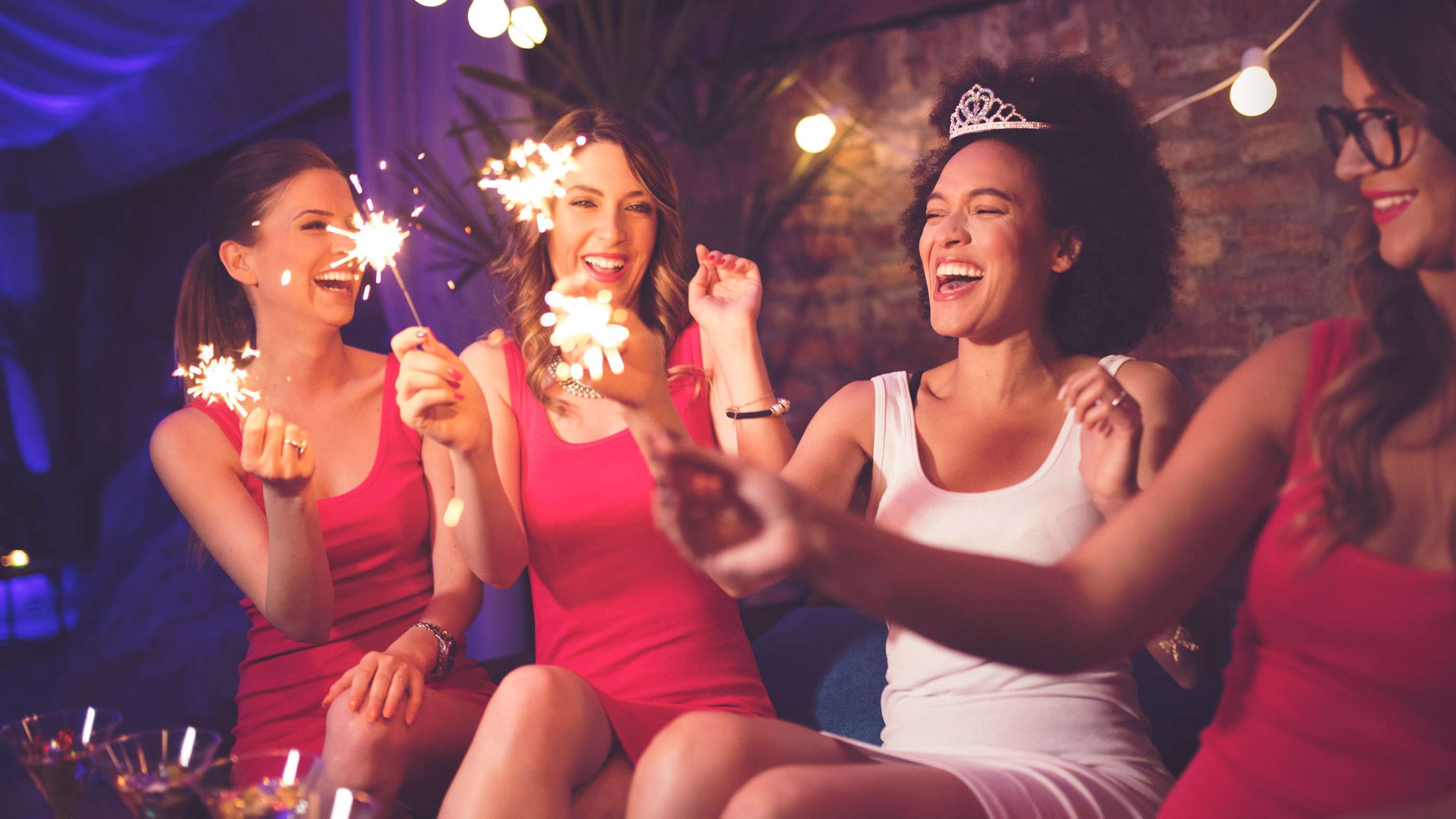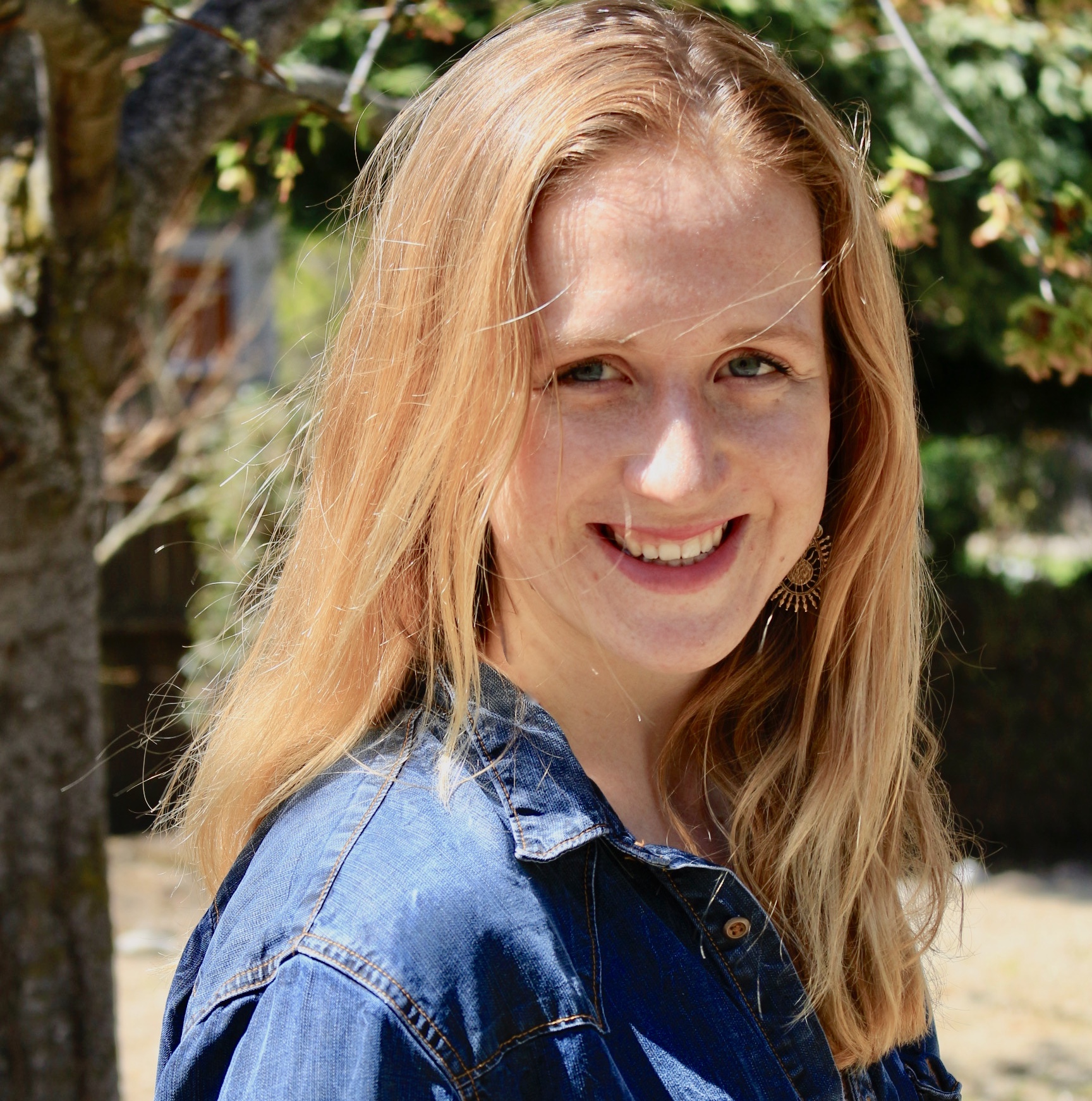
How did bachelor and bachelorette parties get started?
Since antiquity, people have celebrated the end of singledom.

One last night on the town as an unmarried person — that's how we've come to characterize bachelor and bachelorette parties (or hen and stag-dos in the U.K.; Jack and Jill parties if you're in Australia). Marriage may not be the end of fun, but celebrating the end of an era has become an integral part of pre-wedding festivities in the Western world.
But what did these parties look like hundreds of years ago? And how did they come to be associated with drinking, late nights and debauchery?
The bachelor/bachelorette party as we know it is a modern phenomenon. The first reference to a bachelor party was recorded in 1922, Time reported, and it wasn't until much later that heavy drinking and adult entertainment became the norm for these parties. But at their core, bachelor and bachelorette parties are rites of passage, said Thomas Thurnell-Read, a sociologist at Loughborough University in the United Kingdom who studies pre-wedding rituals. "You've got a young person going from one status to another," he said. And people have been holding gendered rituals and celebrations marking the end of singledom since antiquity.
Related: What if someone objects at your wedding?
For thousands of years, pre-wedding rituals emphasized the cleanliness or purity of the bride. Women in ancient Greece spent the day prior to marriage — known as proaulia — making offerings and sacrifices to gods, especially Artemis, the goddess of chastity and childbirth, wrote historian Emily Brand for BBC History Magazine. In 17th-century Sweden, the bride celebrated mökvällarr ("virgin nights") by taking a bath with her virgin friends, Eva Knuts wrote in the book "Masks and Mumming in the Nordic Area" (Royal Gustavus Adolphus Academy, 2007). The party wasn't just about purity; women would stay up late feasting and drinking. In 1649, the town of Uppsala actually banned mökvällarr. Apparently, guests were having a hard time maintaining decorum at the wedding service the next day.
One of the earliest recognized pre-wedding customs practiced by men took place in ancient Sparta, where soldiers would toast one another on the eve of their friend's wedding, Brand wrote. But a key moment in the formation of modern bachelor-party traditions was the 19th-century Industrial Revolution.
"You've got a lot of people moving away from the countryside and into the cities, and almost having to recreate rituals," Thurnell-Read said. Boys were going to work in workshops and factories from an early age — so that's where these rituals took place.
Sign up for the Live Science daily newsletter now
Get the world’s most fascinating discoveries delivered straight to your inbox.
At particular rites of passage, such as when a boy finished an apprenticeship, men treated one another to beers at a pub and played practical jokes on one another, hiding one anothers' boots and tools and filling their overcoats with tar and feathers. These traditions were precursors to the traditions we see today with bachelor parties, Thurnell-Read said.
When women joined the workforce at the beginning of the 20th century, they adopted their own workplace traditions, which then morphed into pre-wedding celebrations. For example, co-workers would shower the bride with gifts she'd need as a wife, such as kitchen utensils — an early incarnation of the bridal shower, wrote Beth Montemurro, a distinguished professor of sociology at Penn State Abington, in "Something Old, Something Bold: Bridal Showers and Bachelorette Parties" (Rutgers University Press, 2006).
Still, debauchery wasn't an element of most festivities (with perhaps one notorious exception: the 1896 party of Herbert Barnum Seeley for his brother, which was shut down by police due to rumors that a belly dancer would perform nude). At least, not until the Sexual Revolution of the 1960s, Brand wrote. It became more common for men to celebrate bachelor parties as a last hurrah before marriage. And with the advent of a new wave of feminism that focused on equality, women began celebrating more like men, Montemurro wrote.
Related: Why do people ghost?
Since then, bachelor and bachelorette parties have become increasingly elaborate affairs, Thurnell-Read said. Part of that has to do with what we see in the media: "The last few years, we've had a steady stream of cultural representations of the bachelor party," Thurnell-Read said. (Perhaps most notably "The Hangover" movie series, which sparked a bachelor party industry in Thailand, where the 2011 film "The Hangover Part II" was filmed.) These depictions put pressure on the best man or maid of honor to really deliver on the party planning, he added.
But with changing notions of gender and sexuality, these parties are also changing, Thurnell-Read said. More and more, men and women celebrate together. And there's a movement away from heavy drinking. He sees more men opting to go mountain biking, for instance, rather than out to bars. And with increasing geographic mobility and people marrying later in life, the tradition is less about debauchery and more about gathering friends from multiple stages of life.
"It's that bonding ritual that takes multiple smaller friendship groups and binds them together," Thurnell-Read said.
Originally published on Live Science.

Isobel Whitcomb is a contributing writer for Live Science who covers the environment, animals and health. Her work has appeared in the New York Times, Fatherly, Atlas Obscura, Hakai Magazine and Scholastic's Science World Magazine. Isobel's roots are in science. She studied biology at Scripps College in Claremont, California, while working in two different labs and completing a fellowship at Crater Lake National Park. She completed her master's degree in journalism at NYU's Science, Health, and Environmental Reporting Program. She currently lives in Portland, Oregon.










